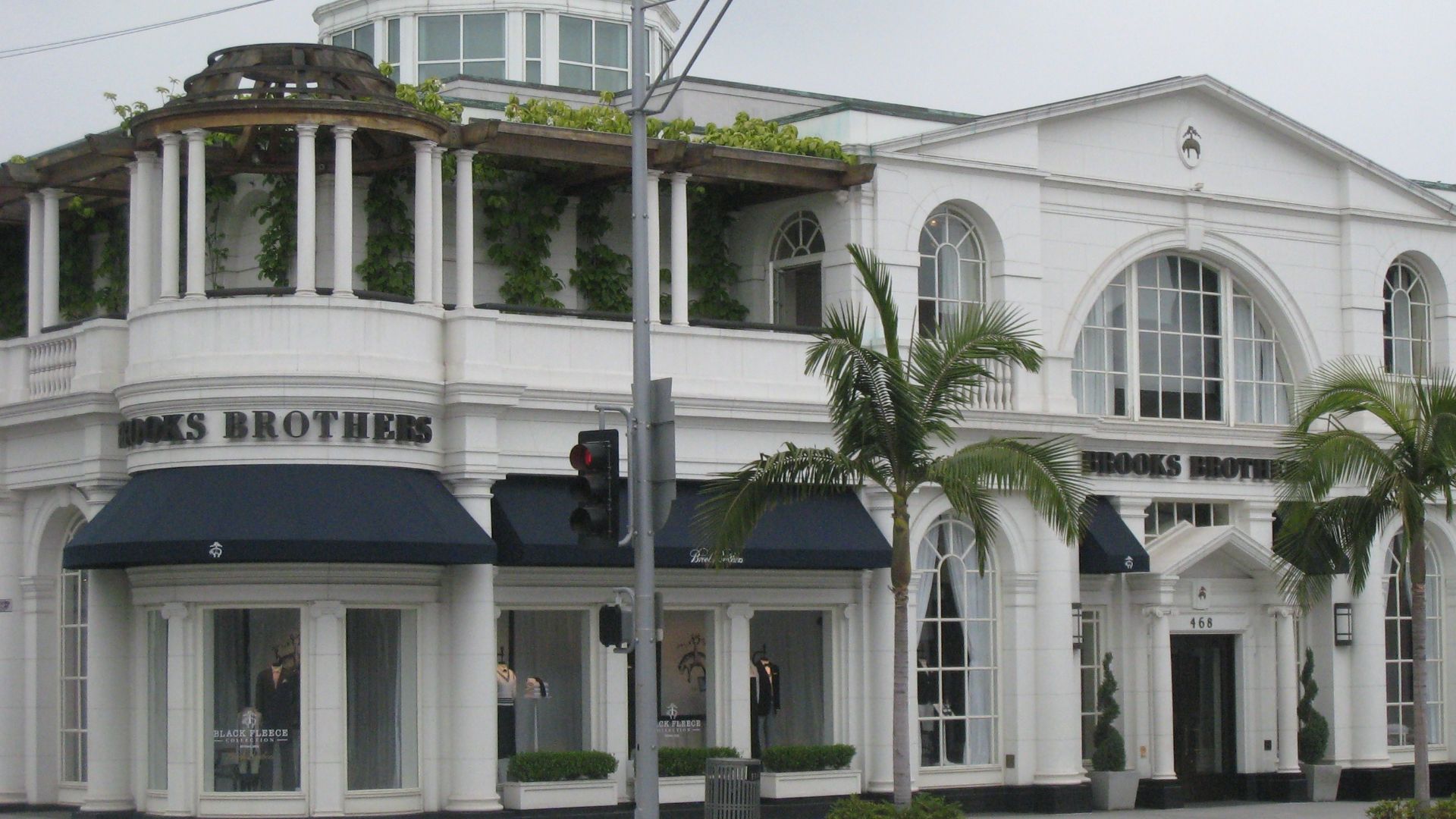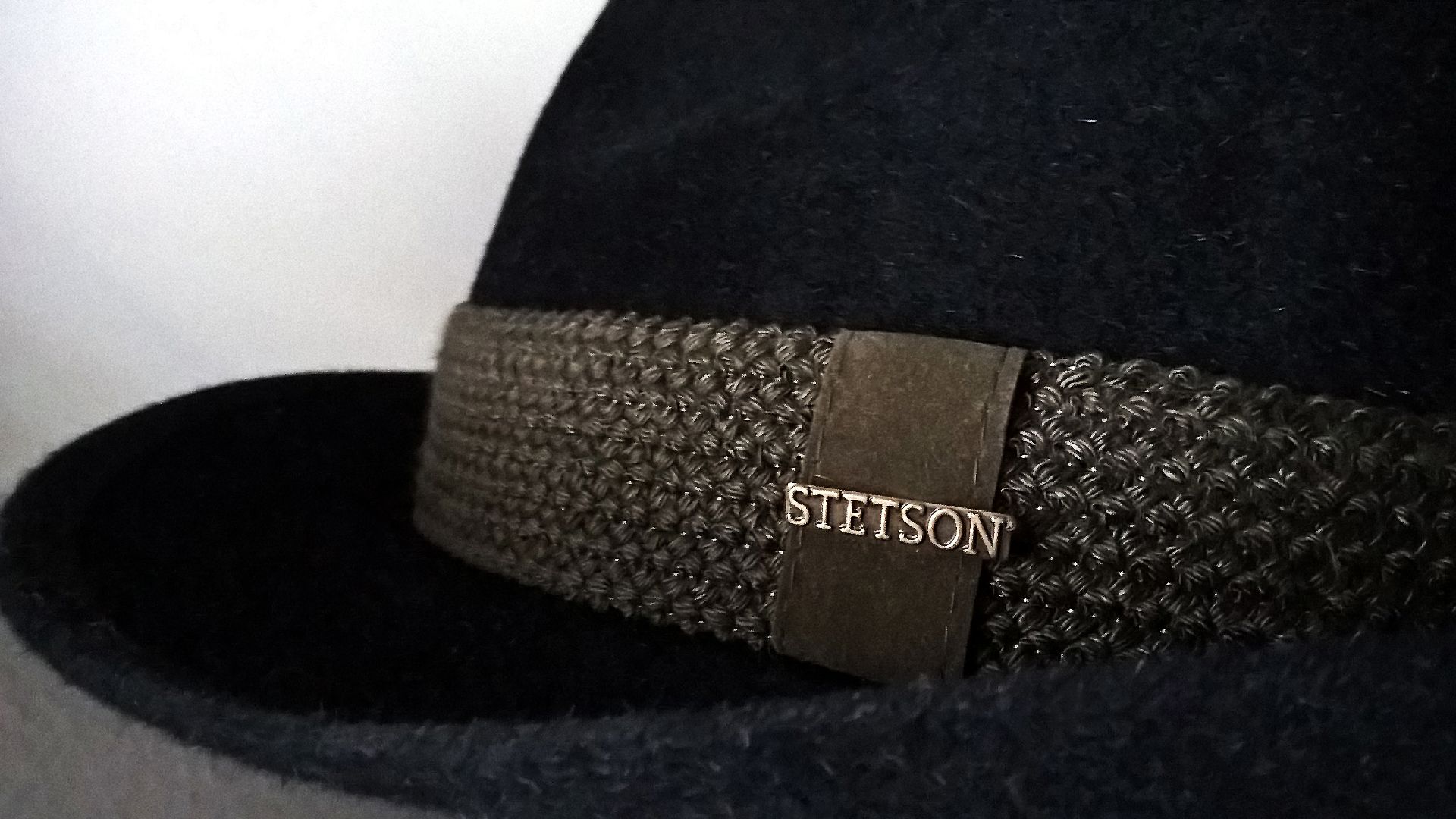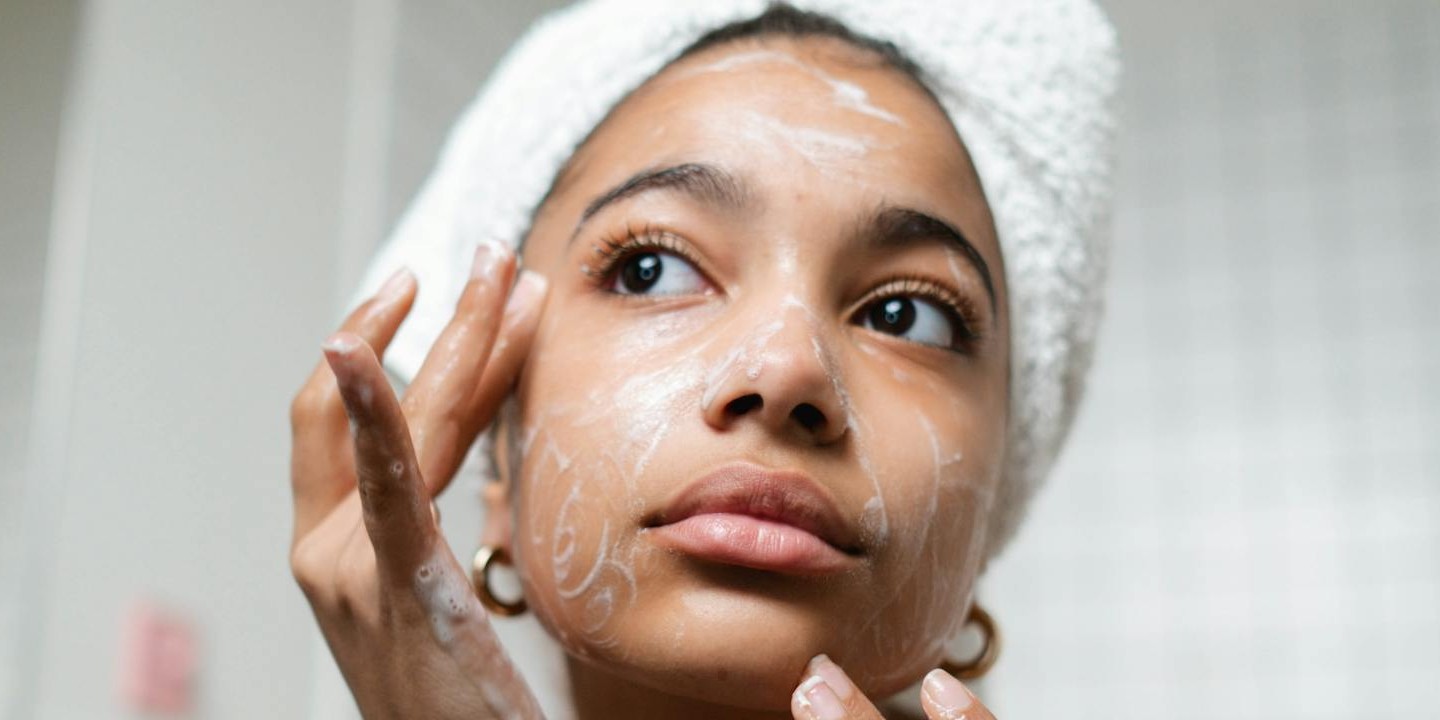Legendary Looks From Back in the Day
Some fashion brands don’t just survive the test of time—they become part of it. More than just fashion labels, some names are American legacies, rooting them in history and getting people talking. Worn by grandparents, parents, and now us, these 20 classic looks shaped generations.
1. Brooks Brothers (1818)
Brooks Brothers opened in 1818 with sharp tailoring and quiet confidence. They introduced ready-made suits that revolutionized the way people approached dressing. Across generations, the brand became an integral part of American wardrobes, always feeling both familiar and refined.
2. Frye (1863)
Frye began during the Civil War, making boots meant for soldiers and laborers. Strength and handwork defined the work from the start, and each pair still carries that early grit. Worn through time and motion, the boots hold stories in every crease.
 FRYE ARKANSAS MID LEATHER [ The Boot Guy Reviews by TheBootGuy
FRYE ARKANSAS MID LEATHER [ The Boot Guy Reviews by TheBootGuy
3. Pendleton (1863)
Pendleton kicked off its journey in Oregon, crafting blankets and shirts that became daily essentials. The fabric carried a sense of connection rooted in local culture, traveling with people across generations and through shifting surroundings.
4. Levi Strauss & Co. (1853)
Levi’s started in 1853, offering durable workwear to miners who needed clothing that could handle long days and hard labor. But what began as functional turned into something long-lasting. Their jeans moved far beyond the gold fields and became part of everyday life, earning a place in American wardrobes across generations.
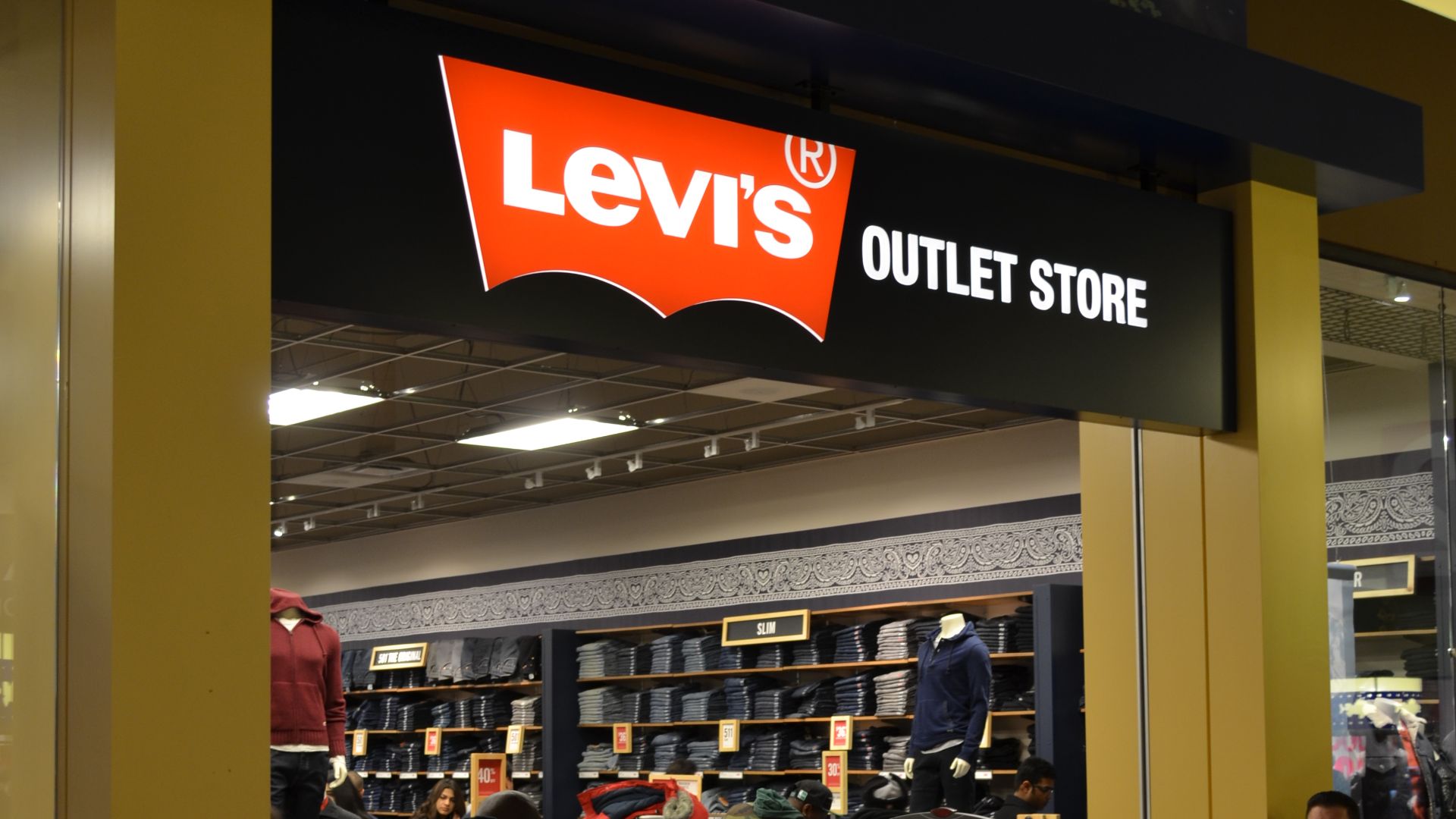 Raysonho @ Open Grid Scheduler / Grid Engine on Wikimedia
Raysonho @ Open Grid Scheduler / Grid Engine on Wikimedia
5. Red Wing Shoes (1905)
Red Wing started by making boots that withstood the cold weather and unforgiving terrain in Minnesota. Every pair was made to support movement and withstand change without losing its purpose. These boots now move through cities with the same strength that shaped their earliest steps.
6. Woolrich (1830)
Woolrich began with flannels and jackets built to keep railroad workers warm in brutal weather. Years later, the classic Buffalo Check pattern hasn't gone anywhere! Woven into heavy layers that offer comfort without show, these pieces still bring serious warmth and style when colder months return.
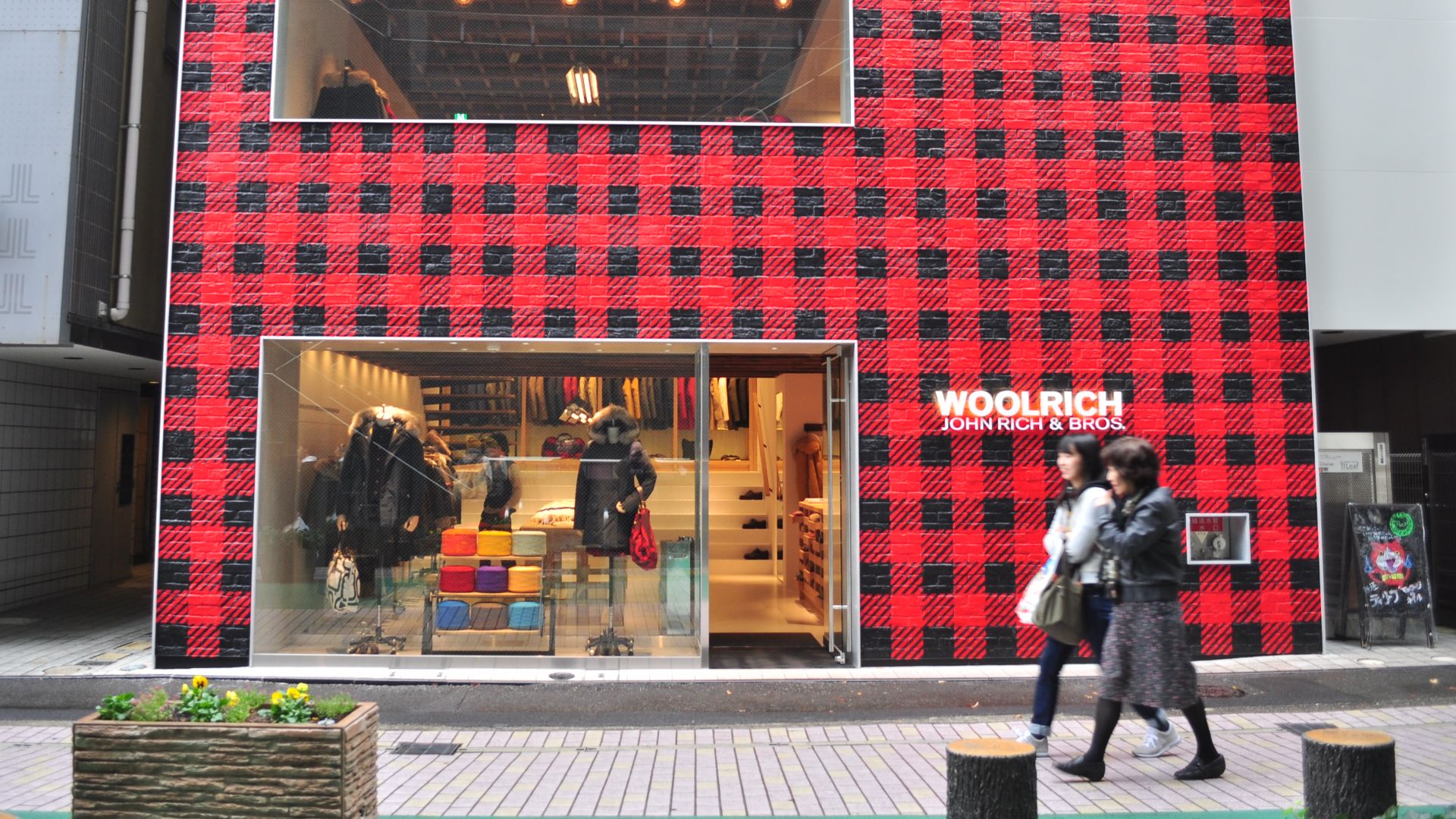 Joe Mabel on Flickr as Joe Mabel from Seattle, US on Wikimedia
Joe Mabel on Flickr as Joe Mabel from Seattle, US on Wikimedia
7. G.H. Bass & Co. (1876)
Bass changed casual footwear with the introduction of the Weejun loafer. Born in Maine, the slip-on style made its way through campuses and nightspots with ease, carrying a sense of polish that made sockless loafers feel more like a way of life than a passing choice.
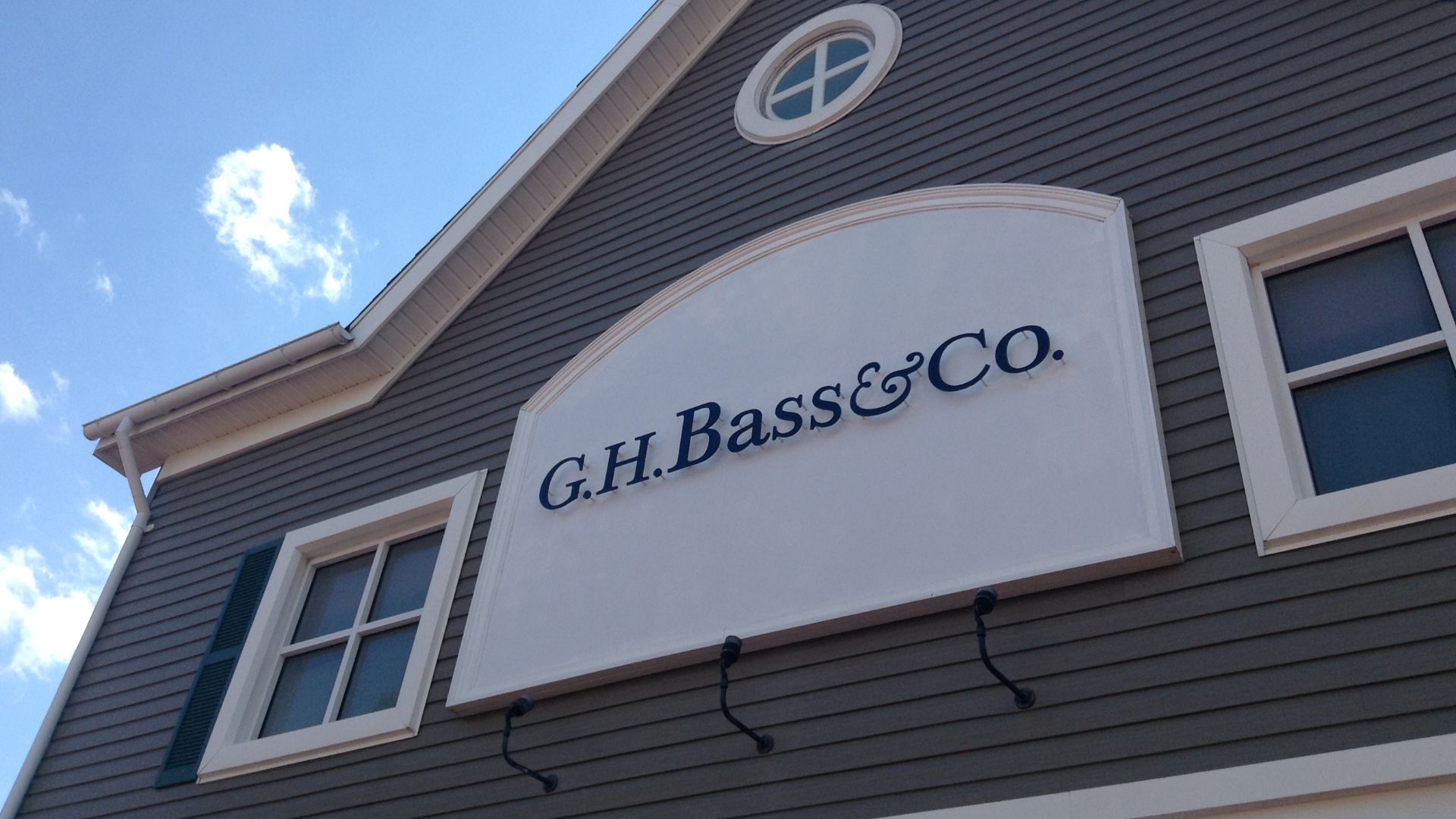 Mike Mozart from Funny YouTube, USA on Wikimedia
Mike Mozart from Funny YouTube, USA on Wikimedia
8. Stetson (1865)
Stetson made hats that carried the weight of vast skies and long roads. Worn by ranchers in the field and later by leaders on stages, each one held a sense of purpose. The “Boss of the Plains” still feels shaped by open land and the lives that pass through it.
9. Borsalino USA (Early 1900s)
Borsalino originated from Italy and quickly settled into American life. The fedora brought a presence that felt intentional, worn by artists and thinkers who moved between spotlight and silence. Each one felt personal, shaped by the wearer and the stories carried just beneath the crown.
10. Alden (1884)
Alden began in Massachusetts by making shoes that lasted well beyond the workshop. Their shoes became part of daily life, shaping themselves around the person who wore them. The leather changed with time, holding traces of people’s routines and moments that settled gently into the rhythm of a lived-in life.
11. Hickey Freeman (1899)
In Rochester, New York, a group of tailors set out to design suits that moved naturally with the body. Each jacket featured a unique element of tailoring, with a structure designed to convey serious confidence. Even today, Hickey Freeman jackets never demand attention, but they always hold a strong presence.
12. Danner (1932)
Danner made boots in Portland for harsh weather and rough terrain. Trusted by hikers and workers alike, the brand proved itself long before performance gear became a trend, and people still rely on them when the conditions demand more.
13. Hart Schaffner Marx (1887)
Founded in Chicago, Hart Schaffner Marx made suits for men who valued practicality over flair. They tailored uniforms for war, then refined their craft for peace, and the brand helped shape a vision of American success through enduring style.
14. LL Bean (1912)
This brand turned a simple solution into a cult classic. Leon Leonwood Bean solved soggy feet by pairing rubber soles with leather uppers, creating boots that worked on every level. The Bean Boot became a reliable staple with a practical design that earned long-lasting loyalty.
 Wallstreethotrod (talk) on Wikimedia
Wallstreethotrod (talk) on Wikimedia
15. Schott NYC (1913)
It doesn't seem like much now, but Schott actually modified the leather jacket by adding a zipper all those years ago. The idea created durable outerwear that became a favorite among bikers and Hollywood rebels. It later gained its legendary status after being worn by Brando, and it still holds the fearless spirit and rugged edge of its origin.
 Crippe at English Wikipedia on Wikimedia
Crippe at English Wikipedia on Wikimedia
16. Carhartt (1889)
Carhartt began with rail workers who needed good gear that withstood the elements. Their duck canvas did the trick. Over time, the look evolved from job sites to skate parks without much change—it’s all still about toughness, comfort, and zero drama.
17. Chippewa Boots (1901)
Built for engineers and loggers, Chippewa boots were more grit than glam, but that rugged vibe caught on quickly. Over time, people started wearing them for the look, even if they'd never chopped wood.
 Autoshade~commonswiki on Wikimedia
Autoshade~commonswiki on Wikimedia
18. Hanes (1901)
Hanes focused on comfort and durability right from its start in North Carolina. The brand crafted everyday essentials designed to feel right and stand the test of time. That motto made a lasting impact through simple, dependable products at a quiet but steady pace over the years.
 HANES CHAMPION OUTLET~SALE 50% OFF Second PAIR by Marylou Chanel
HANES CHAMPION OUTLET~SALE 50% OFF Second PAIR by Marylou Chanel
19. Jockey (1876)
Founded in Kenosha, Wisconsin, Jockey introduced the modern brief in 1934. Though first designed for men, the brand eventually expanded to serve women and children, making them a household staple. Known for comfort and reliability, Jockey quietly became a part of everyday life across generations.
20. Russell Athletic (1902)
Russell Athletic was around before sportswear made a statement, providing dependable gear to schools and local teams. They stayed in the background, built on consistency, and showed that being essential means staying present over time and earning respect through steady work.
 The Most comfortable Athletic Wear | RUSSELL ATHLETIC by George Schirra
The Most comfortable Athletic Wear | RUSSELL ATHLETIC by George Schirra



